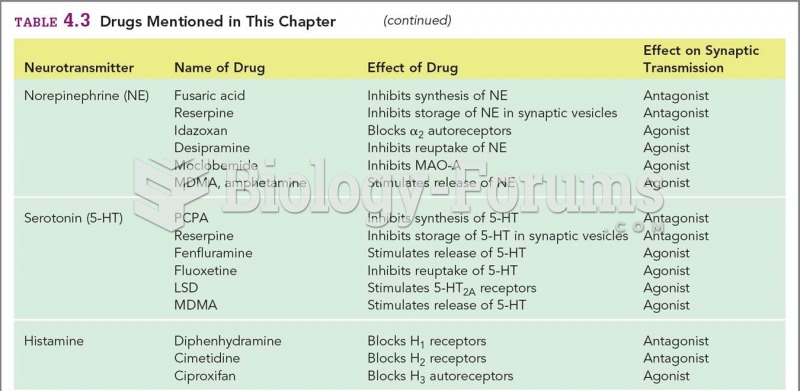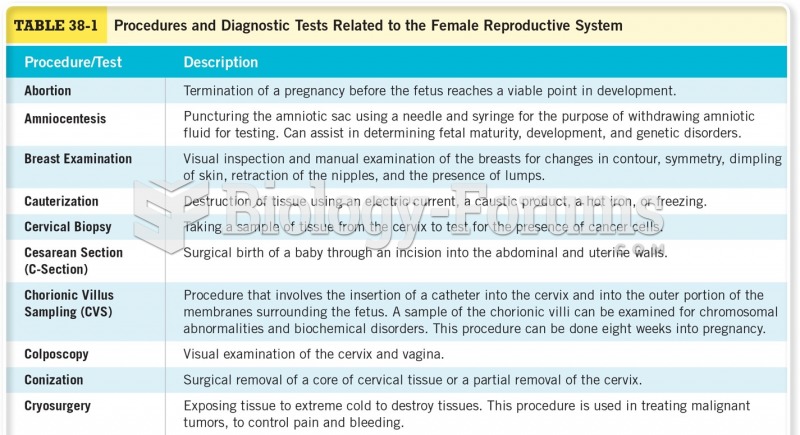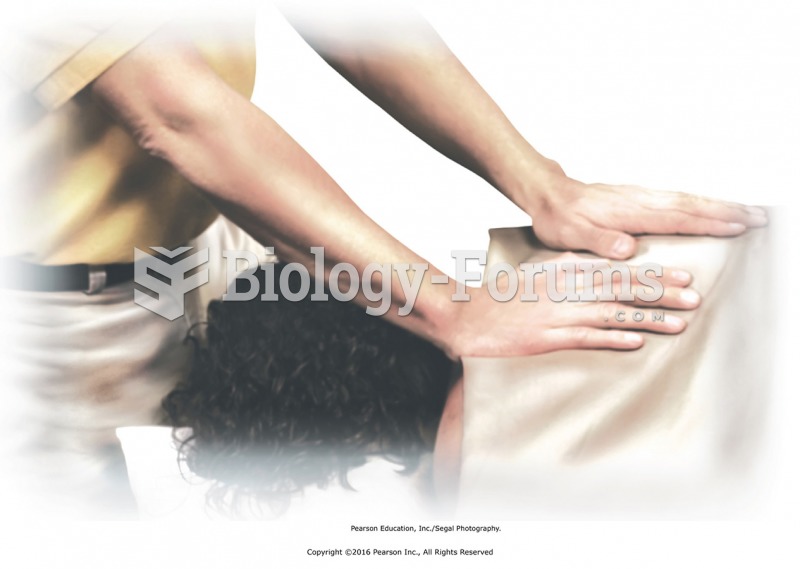| Age | A Youngster's Experience | Developmental Concepts
Recognizing Typical and Unusual Behaviors for the Age Group | Implications
Facilitating Acquisition of Language Skills |
Infancy
(Birth-2) | When a caregiver at a child care center exclaims, "Your daddy's here!" 10-month-old Midori looks eagerly in the direction of the door. But despite Midori's apparent understanding of the word Daddy, she does not yet say his name, not even a reasonable approximation such as "Dada." Sometimes she says "dadadadada," but with little regard for whether her father is present. | This behavior is typical for the age group. Although children can understand some words as early as 8 months, on average they don't say their first word until sometime around their first birthday. Midori's repetition of the syllable da, apparently without reference to anything in her environment, is an instance of babbling. | Regularly engage infants in "conversations" in which they can practice vocalizing, taking turns, maintaining eye contact, and using other basic language skills. Simplify your language somewhat (e.g., use infant-directed speech), but use a variety of words in appropriate contexts. |
Early Childhood
(2-6)
| Twenty kindergartners sit quietly and politely as the school principal describes the procedure they should follow during a fire drill. After the principal leaves the room, however, many of them are unable to describe the procedure she has spoken about. | This behavior is typical for the age group. Young children often think that being a "good listener" simply means sitting still and being quiet. They do not necessarily realize that listening also involves understanding and remembering what the speaker says. | |
Middle Childhood
(6-10)
| Seven-year-old Arthur's sentences are rarely more than two or three words long.
| Such speech is unusual for the age group. Children typically begin putting two words together sometime around age 2, and their sentences become increasingly longer after that. By school age, their sentences are adultlike in many respects. | |
Early Adolescence (10-14)
| In an oral report in his seventh-grade history class, 14-year-old Roy says such things as "John Wesley Powell looked for gooder boats to use" and "He goed down the Grand Canyon in a canoe."
| These errors are unusual for the age group. Adding -er to irregular adjectives and -ed to irregular verbs are examples of overregularization. Overregularization of such common words as good and go is often seen in the early elementary years but is rare in adolescence.
| When children's syntax and word usage are unusual, consider whether a local dialect or family communication patterns might be the cause. Encourage Standard English in formal situations, but allow the dialect in everyday conversation with family and friends. If dialect differences cannot account for what you observe, consult with a specialist about appropriate interventions. |
Late Adolescence (14-18)
| When talking to members of a high school soccer team just before the first game of the season, a coach says, "Remember, ladies, a chain is only as strong as its weakest link." The girls nod in agreement and vow that they will all try to play their best. | | Use a variety of common expressions when talking with adolescents, but check to be sure that your listeners can see beyond the surface meanings to understand your underlying messages.
|







